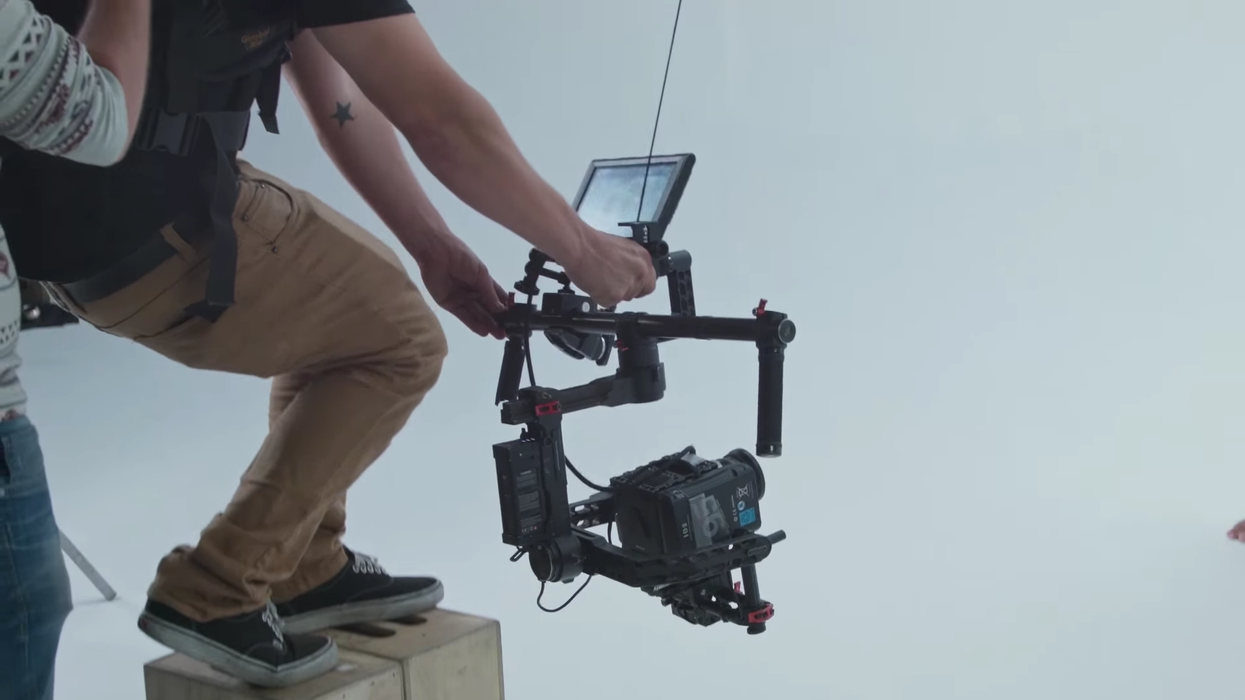13 Gimbal Moves That Will Make Your Cinematography More Dynamic
Here's your chance to add a bunch of new gimbal camera moves to your repertoire.

Whether you're a seasoned vet or a bright-eyed newcomer, learning new ways to move your camera to tell stories is supremely important. If you're looking for ideas on how to expand your cache of cinematography tricks, DP Justin Jones joins Ted from Aputure to show you thirteen different gimbal moves you can use to make your cinematography more dynamic and exciting to watch. Check out the video below:
Here's the list of camera moves Jones lists in the video, along with a short description of what each one entails and/or what it does visually:
- Push In/Pull Out: Move closer to or further from your subject
- The Parallax: Separates your subject from the background
- Push In/Pull Out-Parallax Combo: Emphasises your subject and separates them from background
- Mouse Eye: Very low angle push-in; makes your subject appear larger than life
- Corkscrew: Rotating dutch angle; great for creating uneasy an feeling
- Orbit: Move your camera around your subject 360-degrees; very kinetic shot
- Skyfall: Tilt your camera from sky down to your subject; good for reveals
- Ground Up: Tilt your camera from ground up to your subject
- Toe to Head: Lift camera from your subject's toes up to their head
- Poor Man's Jib: While crouching on an apple box, lift your camera all the way up over your head until you're standing upright
- Whip Pan: A super quick pan
- Car Rig: Mount your camera to a car
- Bird's Eye: Mount your camera to an overhead rig and shoot straight down onto your subject
What are some other shots you can get with a gimbal stabilizer? Let us know in the comments below.
Source: Aputure












